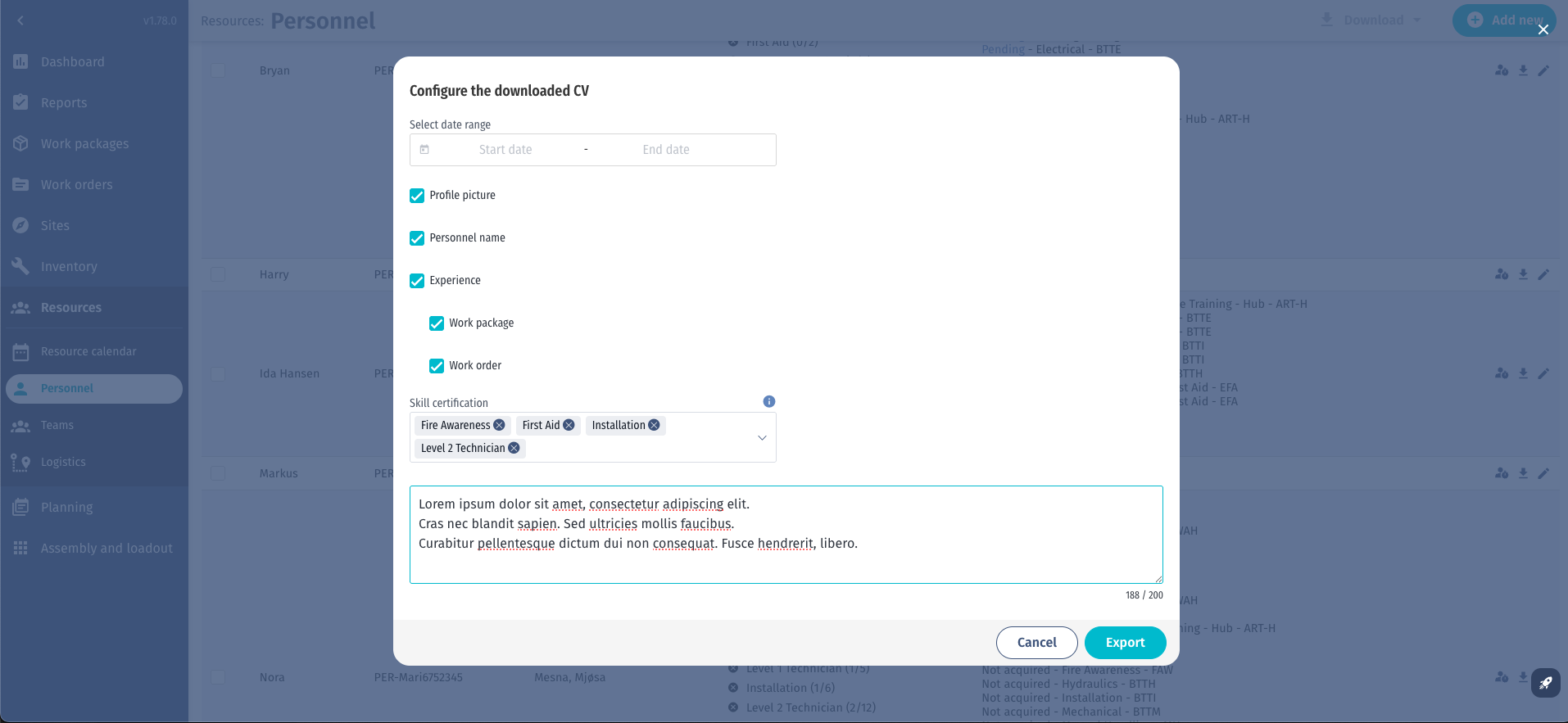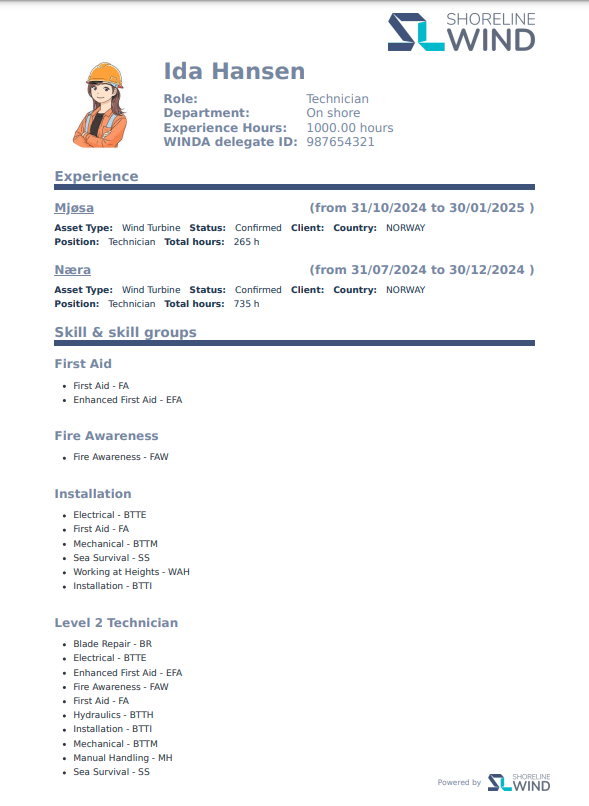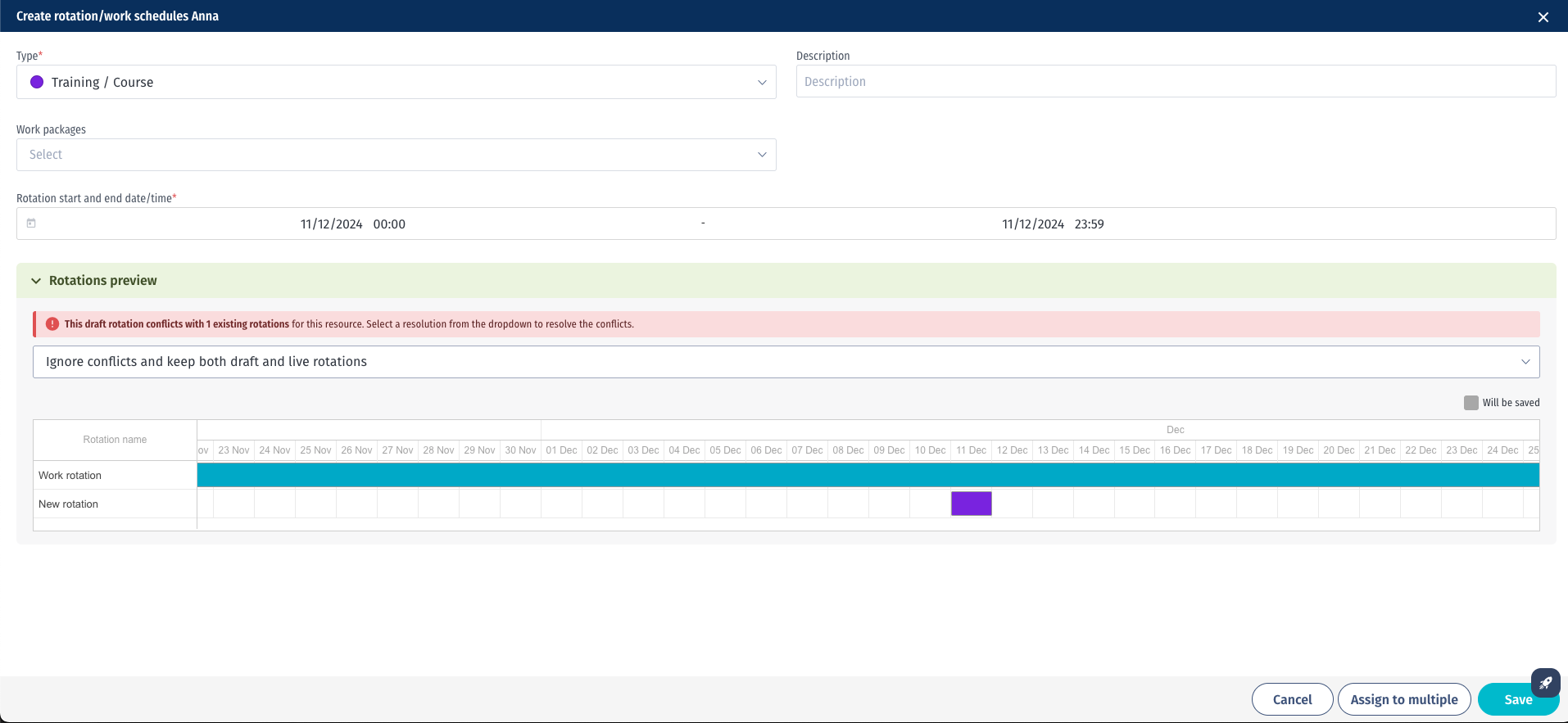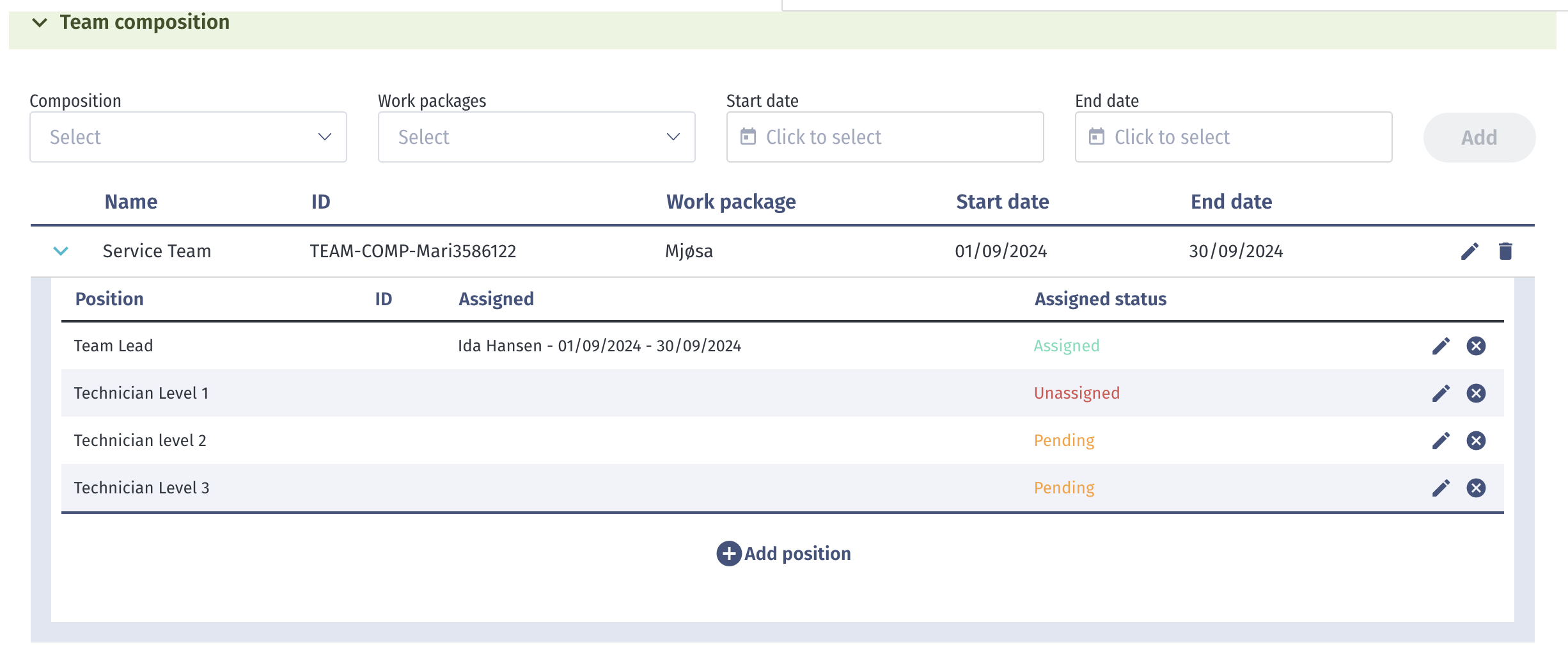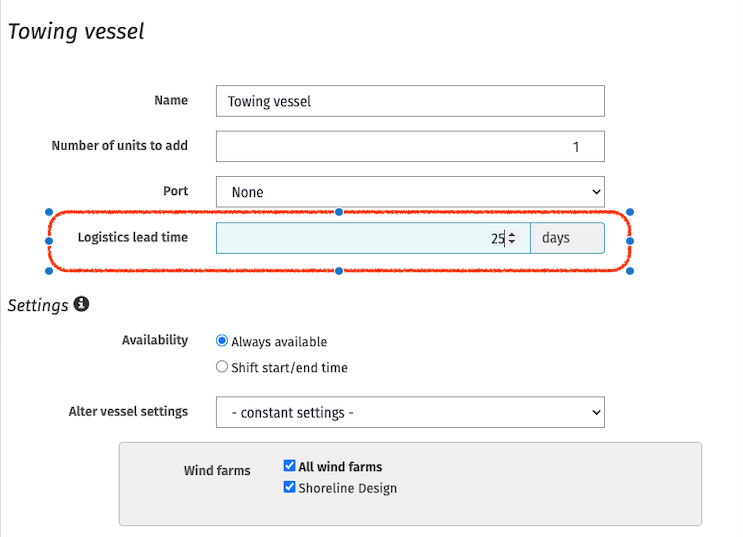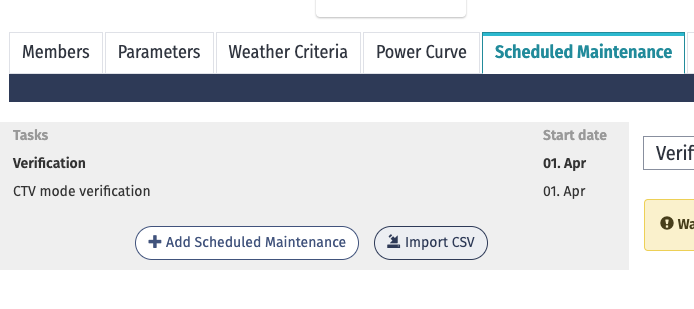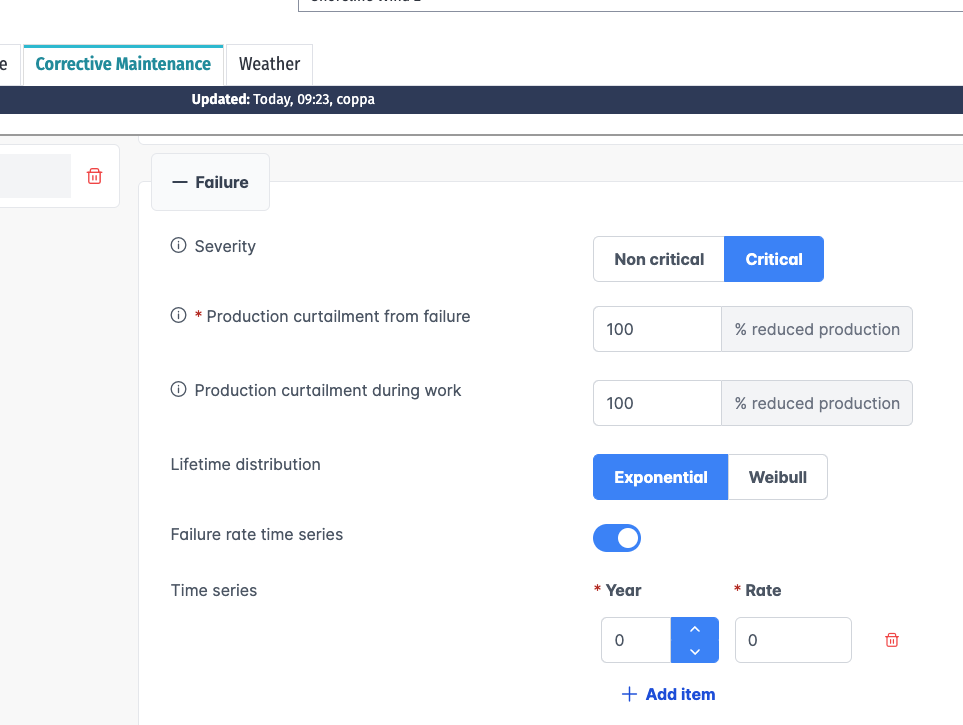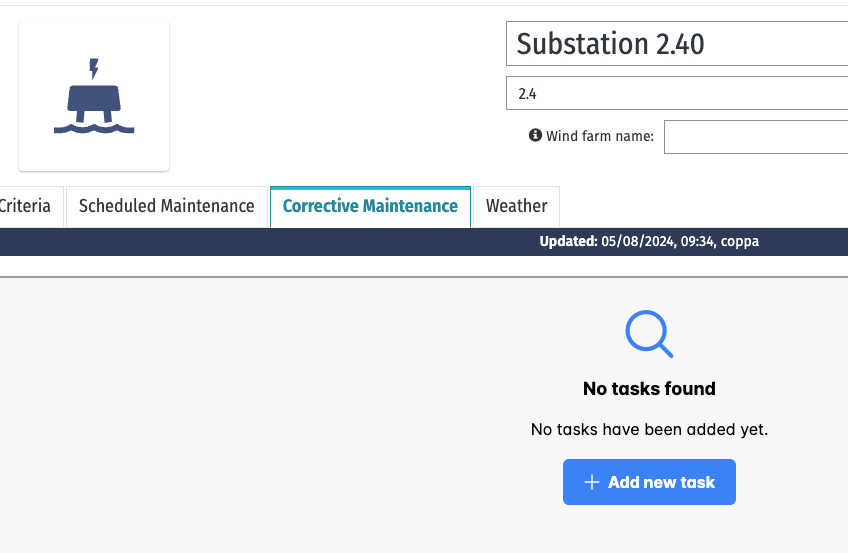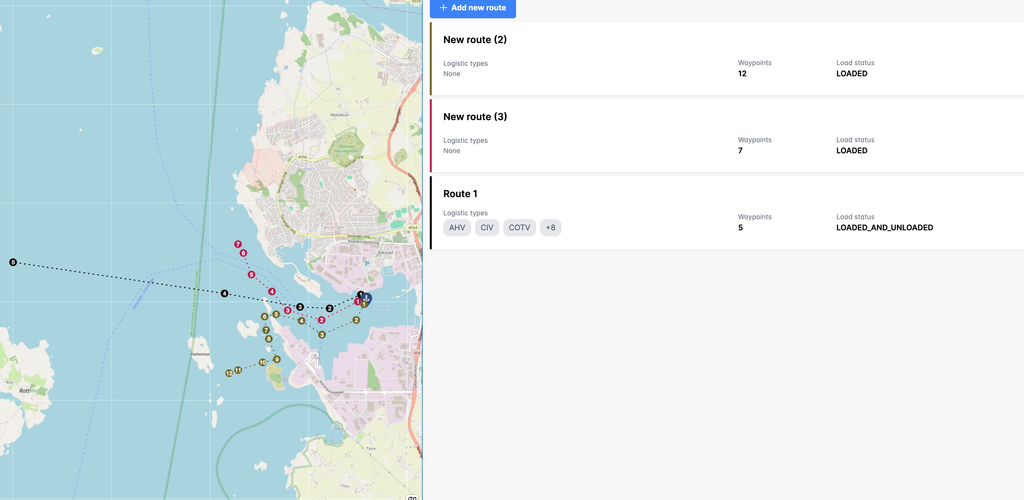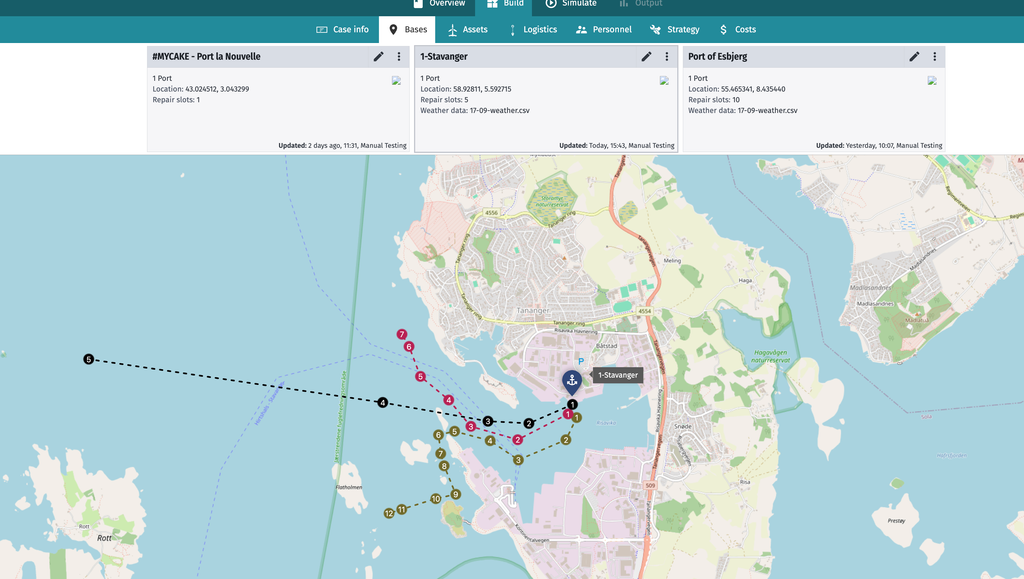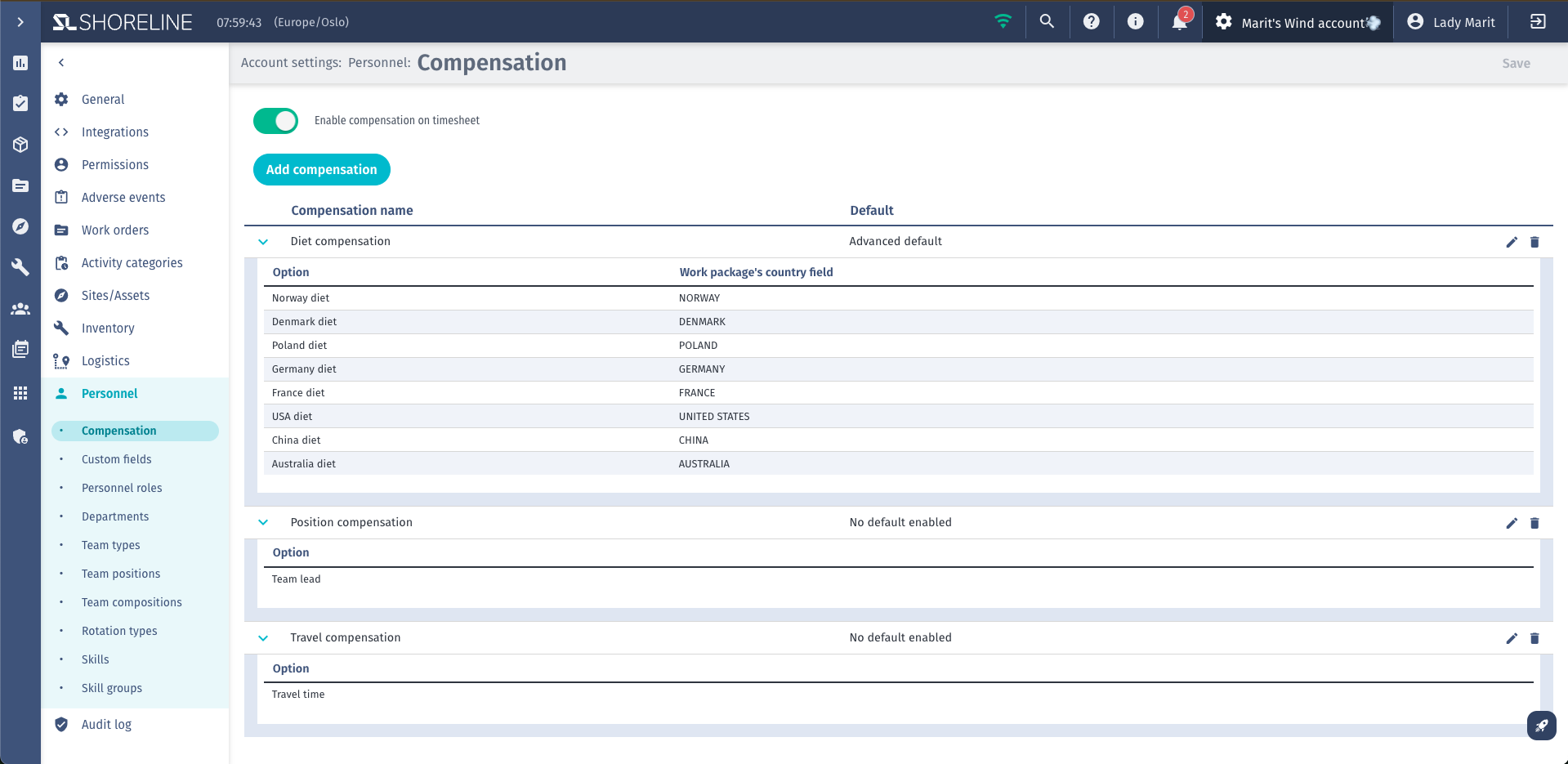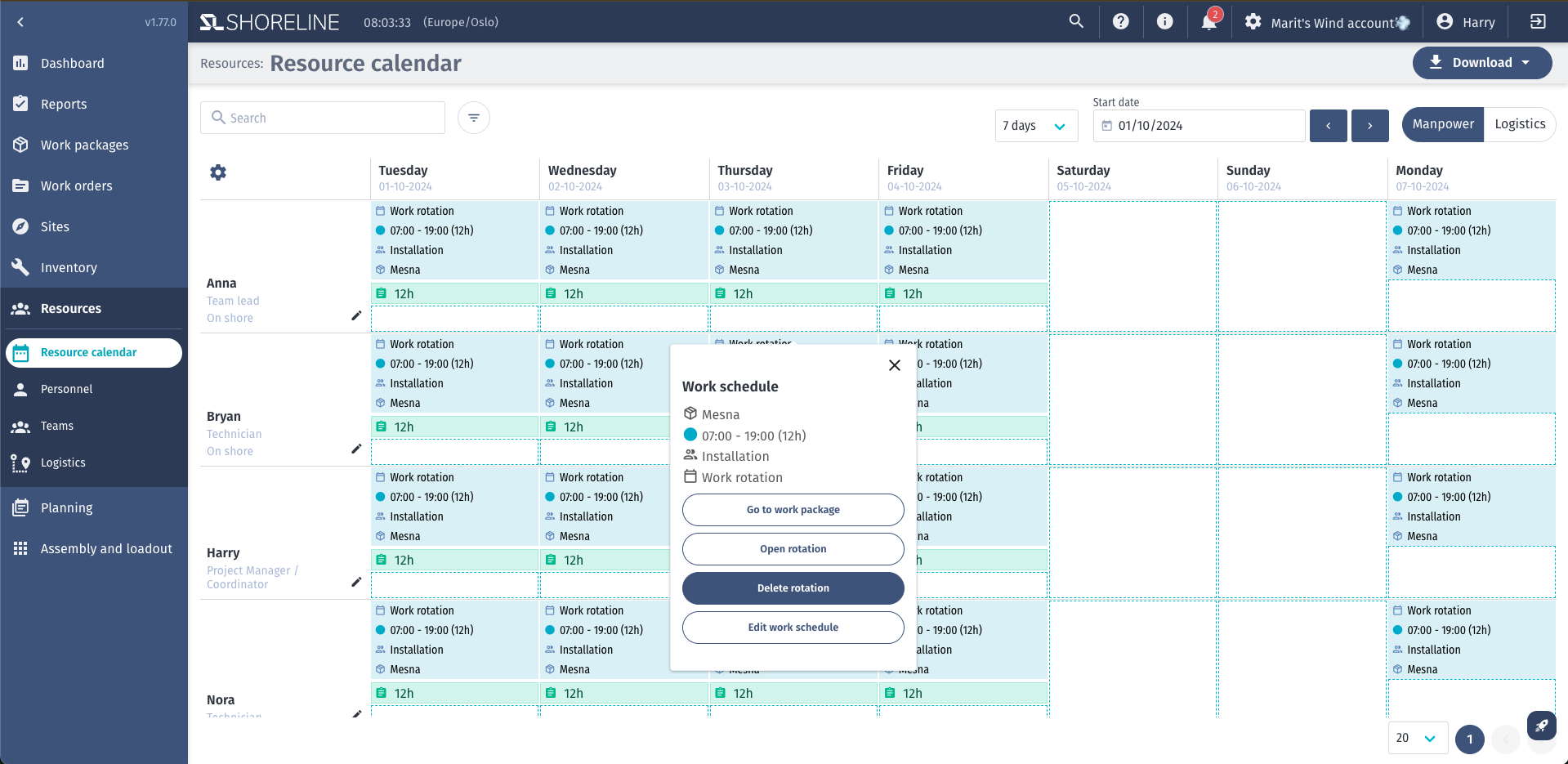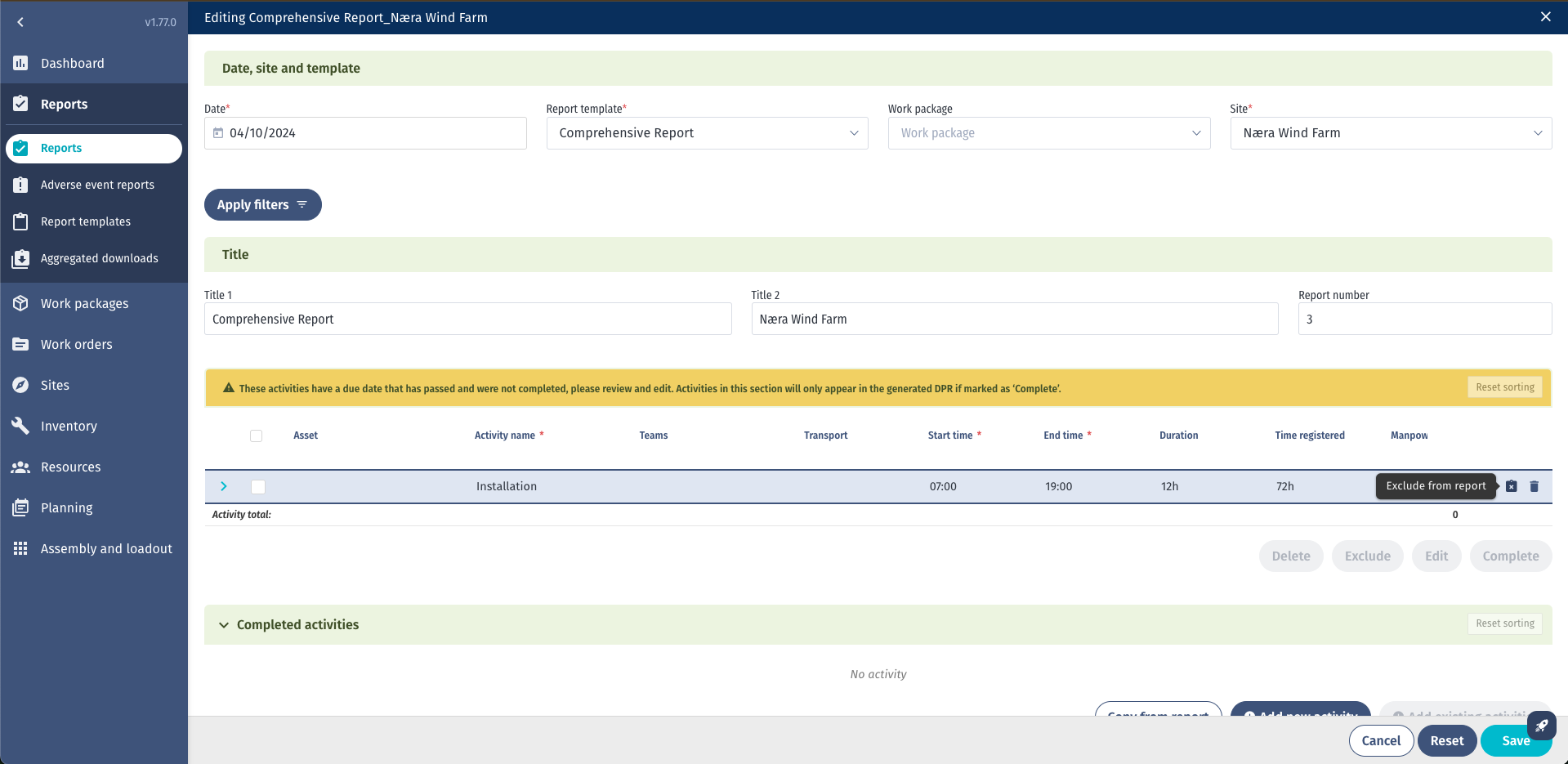Shoreline platform: 1.85.0
We're excited to introduce several improvements to the Defects module in this release:
Conflict warnings for defect resolution time
When planning an activity on a work order linked to a defect a warning now appears on the Planning Board timeline if the activity's end date exceeds the defect’s resolution time. A similar warning is shown on the Work Order page if the work order finish date exceeds the defect’s resolution time.
Quick access to Defects from work orders
You can now open a defect directly from its associated work order, making it easier to access relevant information without navigating away.
New defect charts for better insights
The Defects module now includes powerful visualizations to help you monitor and analyze trends:
- Defects by Priority
- Defects by Status
- Defects by Type
- Defects by Asset and Type
